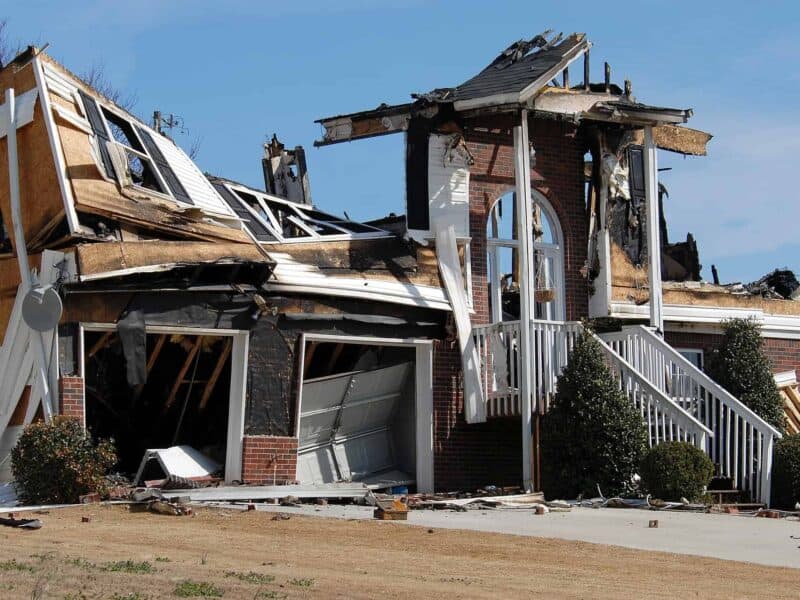
One thing that any professional developer will tell you is that although planning is essential for success there’s nearly always something that you hadn’t bargained for on every project.
That’s where the contingency fund comes in, its money set aside that you aren’t going to touch unless something unexpected happens. Only then are you allowed to use it.
Contingency Versus Overspend
This is an important part of budgeting as contingency is often confused with overspend. And in fact, the contingency fund often gets used to cover overspending, but the two should be treated differently.
Contingency money is for overspend that is outside your control. Say a storm whips up and stops your team working for two days. You are likely to still have to pay them for those two days, and that can come out of contingency.
Or perhaps a window is broken while it’s being installed and a replacement has to be ordered, although you should try and get that cost covered by the firm installing the windows, if you’re using one.
Overspend
In contrast, if you decide to install say, a luxury bathroom, that costs £1000 more than the bathroom that was in the budget, then that is an overspend, and should be budgeted as such.
If you take that £1000 out of the amount set aside as contingency, then there’ll be less to cater for real emergencies.
The point here is to control the budget by forcing you to ask yourself the question “do I really think this extra expense is worthwhile?” If you’re developing with a partner and you hear the words “that’s ok, we can pay for it out of the contingency money” then the alarm bells should start ringing.
Before you know where you are the contingency money can be spent, the budget over the top and you could be off to the bank cap in hand for more money.
How Much Contingency?
The amount allocated to contingency in a budget depends on the nature of the project, but it’s usually somewhere between 5% and 25% of the total budget. If you are renovating a relatively modern home for profit and it’s just been neglected over the past couple of decades, then you can set contingency at the lower end of the scale.
It’s likely that most of your work will be decorating and re-fitting rather than major alterations. As long as you had the full structural survey done before you brought the property (you did, didn’t you?) then you aren’t likely to be in for many surprises, and those that you do find shouldn’t be too expensive.
Even so, you could be struck by adverse weather conditions, a flood for example, that puts you back a couple of months, and that could be expensive, but you should consider getting insurance that cover that kind of risk.
Older Properties Mean Larger Contingency
Larger contingencies come into play on trickier projects, older properties in particular. Although you can get the survey done, there are many problems that won’t show up until you start getting into the fabric of the building.
Surveyors, knowing that, will probably write their reports so as to deflect any liability should something crawl out of the woodwork.
The budget for any listed property, or a property in a conservation area, may get caught out by the intervention of planners and perhaps bodies such as English Heritage.
Their job is to ensure that protected buildings are restored and modified in a way that is sympathetic to the building and the area, but it’s a cert that the sympathetic methods will be more labour intensive and therefore more expensive.
Control Means Power
At the end of the day, you could say that it doesn’t matter whether you’re talking about overspend or contingency, the money’s all coming out of one pot and it’s either going to be enough, or it isn’t.
There’s some truth in that, but making a budget and controlling it as the project progresses isn’t really about money, it’s about the control.
That control will give you the power to make informed decisions about overspend and protect the contingency for when it’s really needed.


